Photo Glossary: Hawaii's Amazing Volcanic Rocks

Hawaii's Rocks From'A'a to (almost) Z
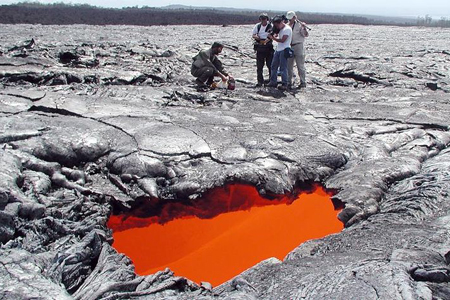
An amazing variety of rocks appear in Hawaii from a single type of molten rock called basalt. Here's a guide to some of the weird and wonderful stones that result from the active lava flows in Hawaii, as well as a description of different types of volcanic rocks.
'A'a
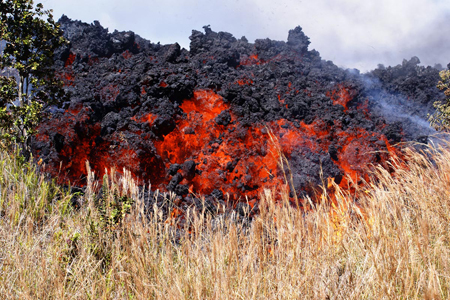
This rough, rubbly lava, pronounced "ah-ah," is the Hawaiian term for a thick, pasty lava flow with a fragmented surface. The distinctive, blocky flow advances like a tractor tread, with a jumbled mass steepening at the front until it tumbles over.
Andesite
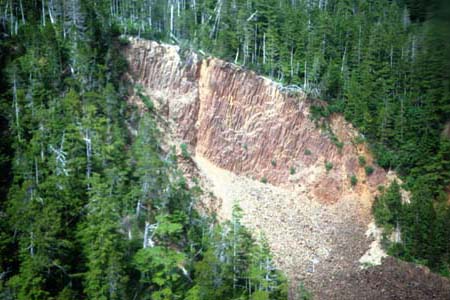
Andesite, named for the Andes Mountains, is a gray to black volcanic rock that usually contains crystals of a mineral called plagioclase. While rare in Hawaii, andesite is common in subduction zone volcanoes, such as along South Americaand Alaska.But there is an andesite lava, called hawaiite, that is found only on Mauna Kea and Haleakala.
Ash
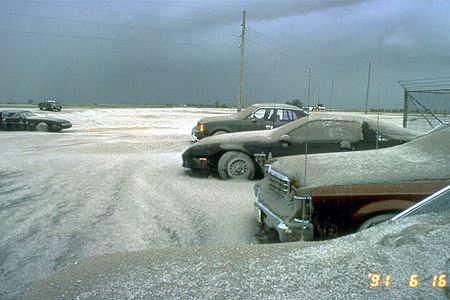
Though ash particles are less than a tenth of an inch (about 2 millimeters) in size, these tiny fragments can clog car filters, destroy jet engines and pile up on buildings, collapsing roofs. Ash can cover a wide area, drifting on winds after an eruption. Researchers are working on ways to predict the direction and size of ashfall after a volcanic blast.
Basalt
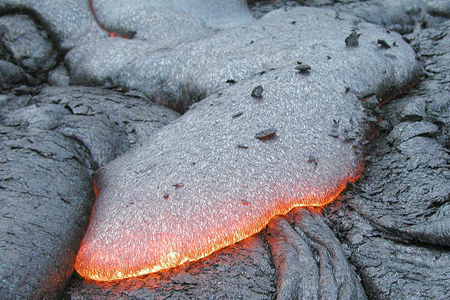
The Hawaiian Islands are almost entirely built from basalt lava, the most common rock on Earth.
Bomb

Volcanic bombs are big rocks formed from pieces of molten lava thrown into the air during eruptions. They often have rounded shapes from flying through the air.
Hornito
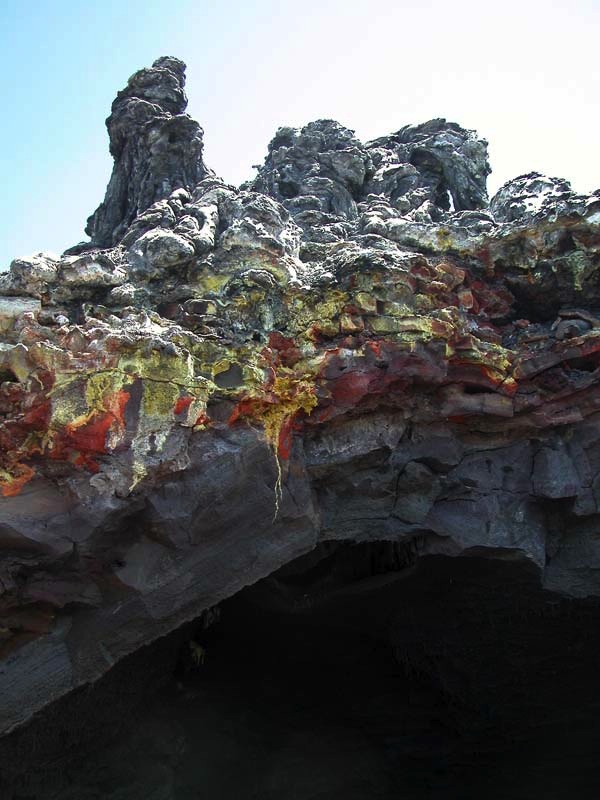
Lava spluttering up through an opening above a tube or the cooled surface of an active flow creates a hornito, or "little oven." The spatter builds a tall, steep-sided cone.
Get the world’s most fascinating discoveries delivered straight to your inbox.
Lapilli

Small, rounded balls created in a cloud of volcanic ash during an eruption, lapilli means "little stones" in Italian.
Lava tube

Pahoehoe lava flowing down Hawaii's gentle volcanic slopes form natural tubes. As the lava surface chills in the air, the molten rock underneath continues to flow, creating its own conduit. Big flows are often a series of tubes.
Limu
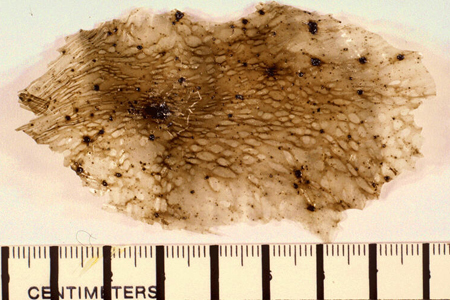
Pele's seaweed, limu, also known as limu o pele, is thin basaltic glass created by waves of frothing pahoehoe lava pouring into the ocean. As the water steams, thinly-walled lava bubbles filled with steam shatter in the waves.
Obsidian
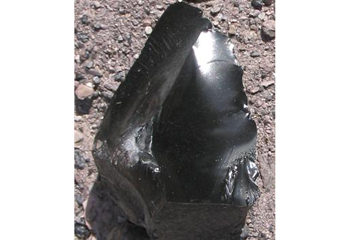
Obsidian is quickly-chilled lava, cooled so fast its crystals don't have time to grow. Obsidian's shiny appearance and curved, keen edge make the rock a favorite for knife blades and arrowheads in traditional cultures. Most obsidian forms from silica-rich rhyolite, an uncommon lava in Hawaii. The only obsidian in Hawaii is found at Pu'u Wa'awa'a, a cone on the north flank of Hualalai Volcano.



